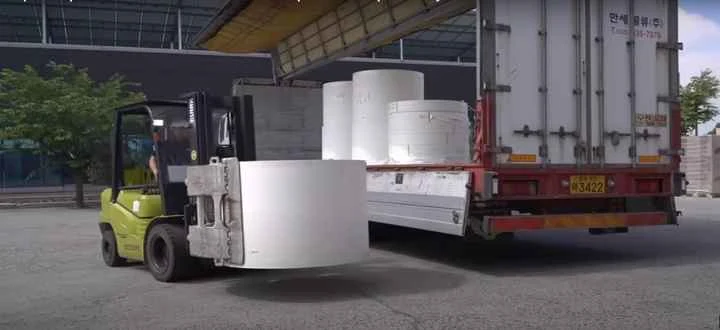Reducing material costs is not intended to reduce the amount but using other methods as mentioned above so that material costs included in the variable cost category decrease.
The magnitude of the decrease in variable cost will affect the increase in gross profit.
As part of variable costs, material costs include main material costs, supporting materials and waste material costs, both waste material as a substitute for defective products during the production process and waste material left over from the process.
Immediately, following a review of 4 ways to reduce material costs below.
- Optimization of the process of using production materials
- Get the cheapest material supplier with high quality
- Eliminate excessive inventory
- Stop making rejects
The material issued to the user for processing is already the most efficient amount according to the amount specified in the production schedule. To find out the efficiency of this material is by optimizing the material usage process.
This form of optimization includes fixed materials and non-fixed materials.
Material optimization is still easier, for example issuing a quantity of 1000 pcs of material based on schedule requirements, an output of 1000 pcs will also be produced because the goods are fixed or do not change.
Material optimization can still be carried out following JIT rules, namely measuring or weighing production materials using batch and lot parameters. The warehouse releases production materials when the kanban has been received. The composition of each batch and lot of production material has been stated in the kanban as well as batch information.
Optimization of non-fixed materials is more complicated because the goods will change their number or dimensions due to the production process. Generally applies to support materials or main materials for processing (eg wood processing, glass processing and others).
An example of non-fixed material optimization:
A furniture industry, materials in the form of particle board sheets, MDF and HDF. The beginning of the furniture process is the process of cutting material with an auto-cutting machine such as a panel saw or a CNC machine, which if not taken into account, there will be a waste of unused material for the next process.
Optimization of the process of using the material is to make the cut results maximum and the remaining pieces are small by means of research and simulation of cutting patterns before cutting. This can be done with the help of design software or a trial process.
2. Get the cheapest material supplier with high quality
Purchasing's task of helping the supply chain to reduce material costs is to find and get competitors from current suppliers with a target of at least 2 material suppliers. Then purchasing opens a tender and each supplier is required to submit an offer along with the bid price.
Selected material suppliers are suppliers who offer the lowest prices among their competitors but the materials have high quality along with a guarantee / quality guarantee. Their offers including those from current suppliers are important data to use to calculate how much production material costs can be reduced in this way.
Control over purchasing activities when procuring production materials, namely making or using the user's receipt and inspection procedure forms of materials. This is not interpreted as a form of distrust in purchasing but rather the company's safety procedures. As long as the user has not approved the form, payments to suppliers or vendors cannot be made.
3. Eliminate excessive inventory
Excessive inventory is one of the 7 factory wastes and must be stopped immediately because it indirectly undermines the company's profits.
Excessive inventory is the same as having ignored the material inventory management system which should not have occurred when the inventory count was started, such as planning material requirements and their estimation, so the amount of production material is according to needs and must be used up at certain time intervals.
Excessive inventory results in swelling of material costs in the form of material storage. Imagine that production materials can be damaged when stored for too long.
For example, PP (Poly Profilene) plastic seed material, if stored in a warehouse for too long, can change color to yellowish as a sign of decreased quality.
4. Stop making rejects
Products with quality defects during the production process may not be sold to the public or to employees. The company must maintain the image of the product and not let the perception of the product be low in the eyes of consumers.
Automatically these defective products become waste that cannot be reused unless sold to waste or to recycling manufacturers.
Sources of causes of waste material:
- Waste due to quality failures during the production process
- Waste due to machine settings
- Waste due to the disposal of certain parts of the WIP
Adding material is an added cost while increasing the production cost of the product.
How do you prevent users from producing this waste material?
One solution so that users do not produce waste material is a warning to individuals who are proven to be the first source of waste.
Here, QC must play its role in controlling quality. The QC team even pocketed the AQL (Accetable Quality Level) as a guide to determine product quality standards. This AQL will clarify and facilitate the category of rejected products both from the point of view of standard quality standards and from the point of view of customers.
However, there are times when the QC's position in controlling is in an inappropriate position, such as carrying out inspections when the goods have been packed, even though reject prevention should start from the beginning of the process so as to save more material and time base.
Loading posts


